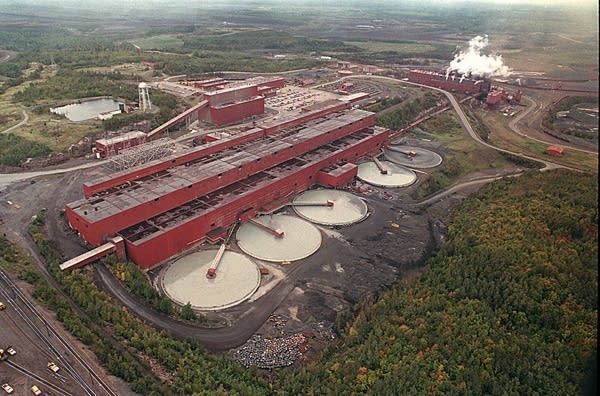State: Over $1B likely needed in PolyMet 'financial assurance'

This undated photo shows the LTV Steel processing plant near Hoyt Lakes, Minn., which was taken over by PolyMet Mining Corp. to use as a copper-nickel processing plant.
Mesabi Daily News via AP file
Go Deeper.
Create an account or log in to save stories.
Like this?
Thanks for liking this story! We have added it to a list of your favorite stories.


